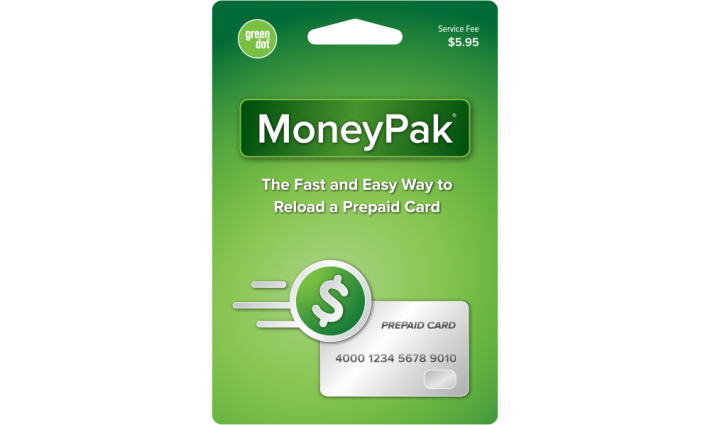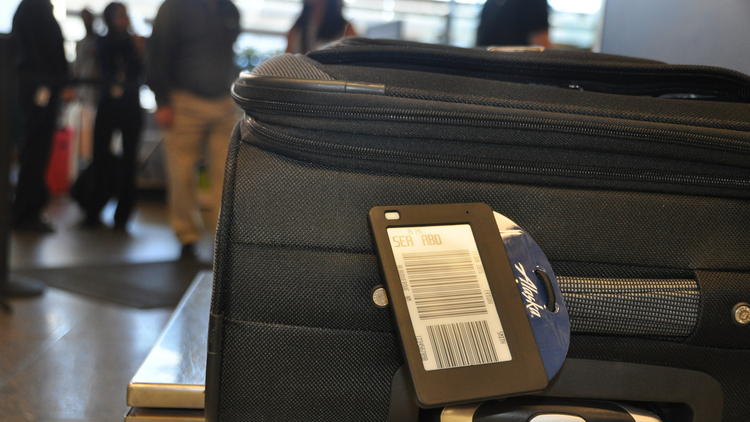Restoration Hardware joins trend of charging customers for loyalty program

Retailer joins trend in giving savings, other benefits for a charge.
It seems that no matter where a person shops these days, the retail clerk will ask for an e-mail address and offer a rewards card to keep them coming back.
The vast majority of loyalty programs are free to consumers, but Restoration Hardware home furnishings stores recently joined a growing number of retailers to start charging a fee to get the rewards of shopping loyalty.
For $100 a year, consumers get an RH Grey Card with 25 percent savings in all departments, 10 percent savings on sale merchandise, complimentary interior design services, early access to clearance events and lower interest rates on the RH credit card.
“We’re going to see more of this,” said Dave Brennan, co-director of the University of St. Thomas Institute for Retailing Excellence. “It’s a way to lock in customers and keep them from going elsewhere.”
Shoppers who sign up for loyalty programs make up only 10 percent of a retailer’s traffic but contribute up to 50 percent of its sales, according to Boston-based FTI Consulting. The occasional shopper, on the other hand, makes up 45 percent of the retailer’s traffic and only 5 percent of sales.
It’s especially true at retailers catering to the luxury market, including Restoration Hardware. Affluent shoppers are among the biggest users of rewards programs. Retailers know that they drive shopper’s behavior. The 150,000 people in Neiman Marcus’ InCircle program generate 40 percent of its annual sales.
Barnes & Noble has long charged a $25 annual fee for its rewards program. Amazon.com Inc. in 2014 raised the price of its Prime program, which offers free two-day shipping and access to its video service, to $99 from $69.
But to be effective, a loyalty program has to have perceived value. Customers want to know they aren’t getting the same offers as everyone else. The RH Grey Card makes that clear.
Continue reading at www.startribune.com
Source: Star Tribune, March 29, 2016 -- John Ewoldt
MEDIA CONTACT:
KATY LASEE | MARKETING DEPT.
651 554 8533
KRLasee@traveltags.com
TAGS:
Loyalty, Rewards and Membership,
trends






